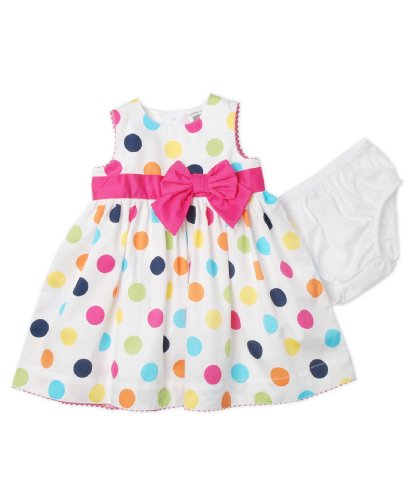My first thought was 'OMG what was that?', followed by 'OMG it better not be anything expensive!'. Since I have bits of jewellery all over the place I really wasn't sure if an earring was missing its other half or if a pendant had fallen off a necklace chain. Stress stress - what if it was a diamond??
My Ma advised me to ask a neighbour for help rather than call the plumber - neither of which were appealing to me since even though the neighbour in question is lovely, I just don't know him very well, and plumbers can be expensive - totally not worth it if the lost item was just a trinket!
I plugged up that particular sink and after a couple of days of being in denial and pretending it hadn't happened, I mentioned it to a workmate. Coincidentally, he had been doing some pipework under his house. According to him, it wouldn't be that difficult to fish something out of the sink if it hadn't been already washed away by running water (which I had made sure hadn't happened). As long as the piping was moderately modern and the person who installed it wasn't too heavy-handed, it would be a simple DIY job.
Apparently all you need to do is lay a few towels under the pipe, unscrew the screwy bits that join the pipes up (sorry don't know what the technical term for this is) and tip out whatever is caught in there.
It sounded good in theory, but I was dubious. After all, on TV, when you see a plumber go under a sink, he has a toolbox with spanners and screws and allsorts that are put to use. Could it really be as simple as that?
Turns out that yes, yes it is!

I managed to unscrew both ends using a towel to protect my palms (doing it without really hurt!). My workmate failed to mention that the inside of the pipe was going to be gross and stinky, and I hadn't thought that far ahead since, y'know, I was dubious and all, so I quickly poured out the contents of the pipe into a bucket and restored the piping to all of its former glory. *bleurgh*
Turns out, it was an earring that had fallen in, and a cheap one at that. Probably wasn't worth the grossness of the whole experience, but what was worth it was learning how to do it. Sure, it was a lot easier than I thought it would be, but I've never been handy around the house so I felt pretty awesome.
Here's hoping that this random post ends up being helpful to some of you other non-handy people out there :)








